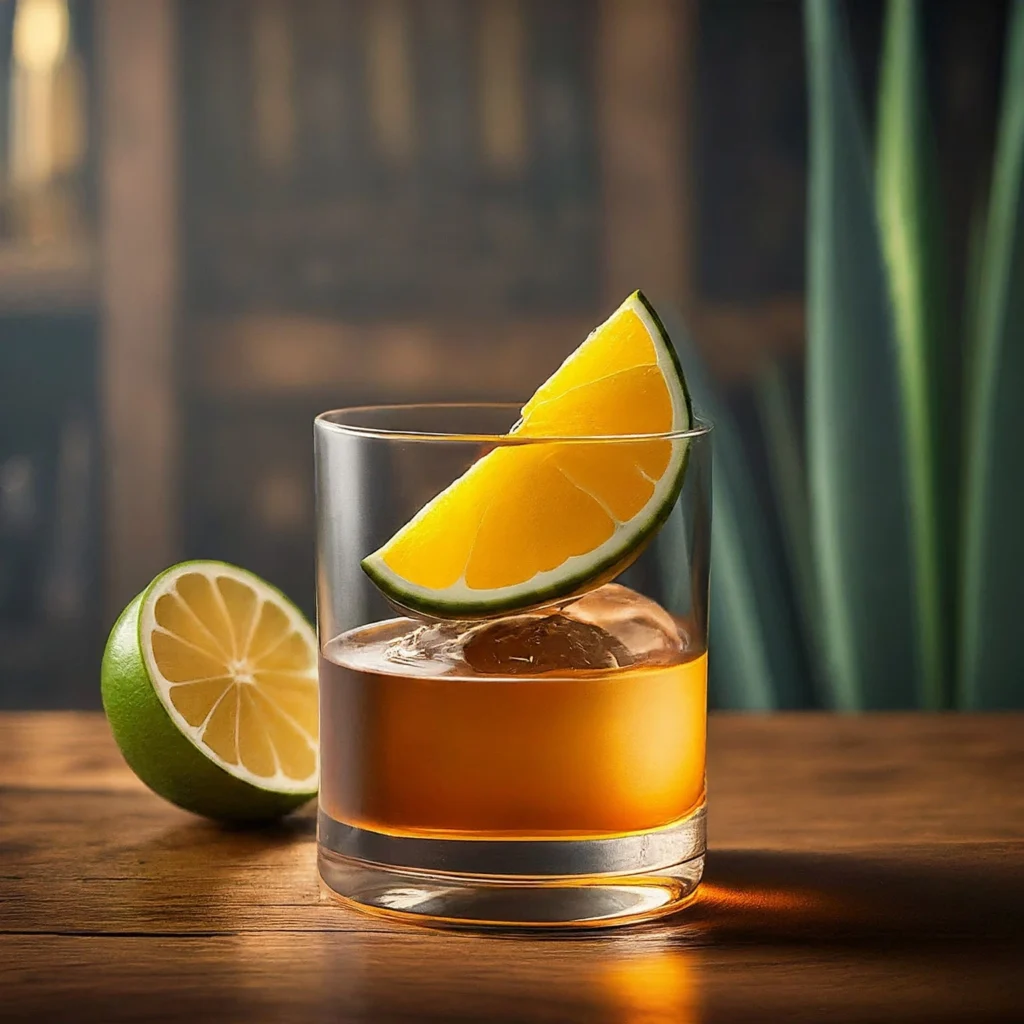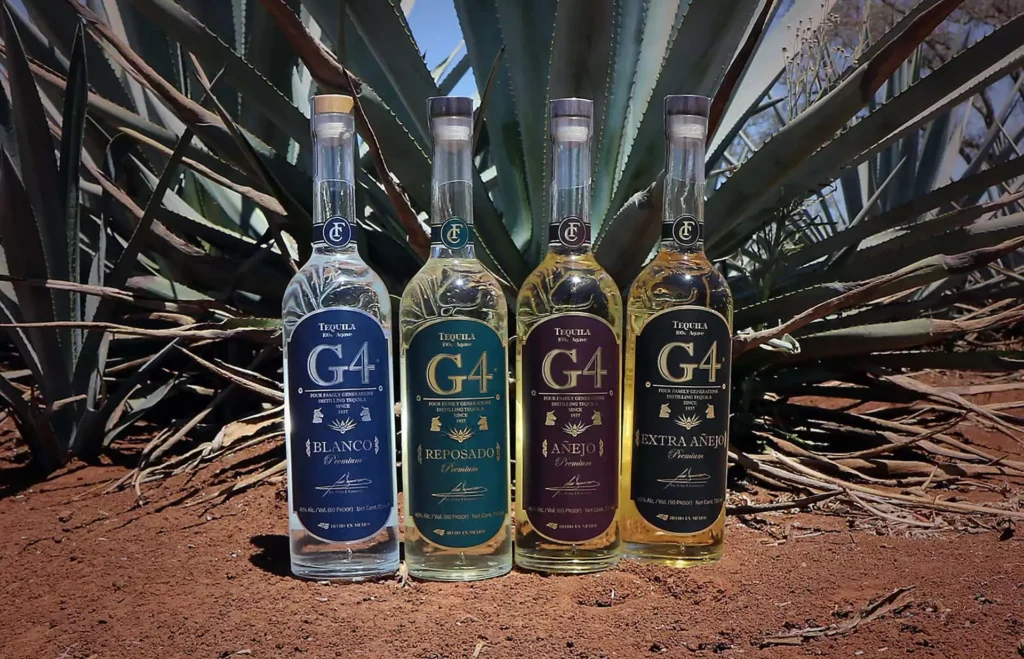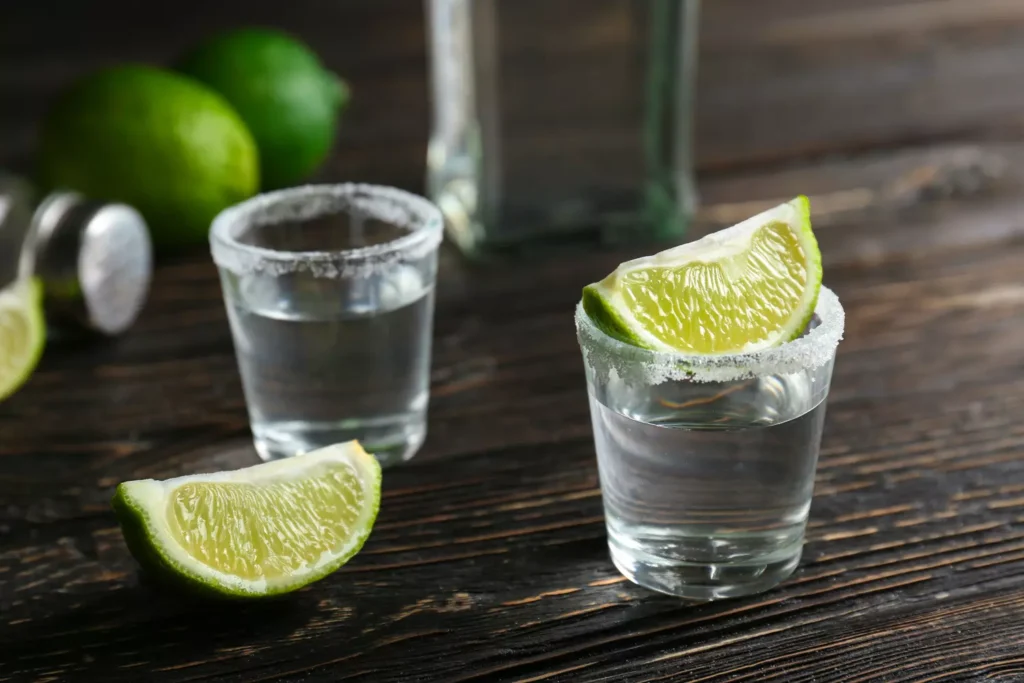Unveiling the Essence of Tequila: More than Just a Party Drink
Tequila, often associated with lively celebrations and late nights, holds a far richer history and cultural significance than its reputation might suggest. Hailing from the heart of Mexico, this distilled agave spirit boasts a complex flavor profile, a meticulous production process, and a legacy intertwined with the land and its people. Let’s embark on a journey to explore the origins, production, varieties, and responsible enjoyment of this iconic Mexican elixir.
Origins: Agave and the Birth of Tequila
Tequila’s story begins with the agave plant, a succulent native to Mexico. For centuries, indigenous communities harnessed the agave’s sweet nectar, known as “aguamiel,” for various purposes, including the production of a fermented beverage called “pulque.” The arrival of Spanish conquistadors in the 16th century introduced distillation techniques, paving the way for the creation of a more refined spirit – mezcal.
Tequila emerged as a distinct type of mezcal, specifically crafted from the blue agave plant (Agave tequilana) in a designated region of Mexico. The town of Tequila in Jalisco, along with certain areas in Guanajuato, Michoacán, Nayarit, and Tamaulipas, earned the prestigious Denomination of Origin (DO) for tequila production. This designation ensures the authenticity and quality of tequila, safeguarding its unique characteristics and cultural heritage.
From Field to Bottle: The Tequila Production Process
The creation of tequila is a labor-intensive process that demands skill, patience, and respect for tradition. Let’s delve into the key stages of this transformation:
- Harvesting: The journey starts with the “jimadores,” skilled agave farmers who carefully select mature agave plants, typically after 7-10 years of growth. Using a sharp tool called a “coa,” they remove the agave’s leaves, leaving behind the heart or “piña,” which resembles a giant pineapple.
- Cooking: The piñas are then transported to the distillery, where they are slow-cooked in traditional brick ovens or modern autoclaves. This process converts the agave’s complex carbohydrates into fermentable sugars.
- Extraction and Fermentation: The cooked piñas are crushed or shredded to extract their sweet juice, known as “mosto.” The mosto is then transferred to fermentation tanks, where yeast is added to convert the sugars into alcohol.
- Distillation: The fermented liquid undergoes two distillation cycles in copper pot stills. The first distillation produces an intermediate spirit called “ordinario,” while the second distillation refines it further, separating the “heads” (volatile compounds), “hearts” (the desired tequila), and “tails” (heavy compounds).
- Aging (Optional): Depending on the desired tequila variety, the spirit may be aged in oak barrels for varying periods. Aging imparts distinct flavors and aromas, ranging from subtle vanilla and caramel notes to complex oak and spice influences.
- Bottling: The final step involves blending and diluting the tequila to achieve the desired alcohol content, typically around 40% ABV (80 proof). The tequila is then filtered and bottled, ready to be enjoyed.
Tequila Varieties: A Spectrum of Flavors
Tequila comes in a variety of styles, each offering a unique sensory experience. The main categories include:
- Blanco (Silver) Tequila: Unaged or minimally aged, blanco tequila showcases the pure agave flavors, with notes of citrus, pepper, and herbs. It’s ideal for sipping neat or in cocktails like Margaritas.
- Reposado Tequila: Aged for at least two months in oak barrels, reposado tequila acquires a smoother character with hints of vanilla, caramel, and oak. It can be enjoyed neat or in cocktails that call for a touch of complexity.
- Añejo Tequila: Aged for a minimum of one year in oak barrels, añejo tequila boasts a rich, mellow flavor profile with pronounced notes of oak, spice, and dried fruits. It’s best savored neat or on the rocks.
- Extra Añejo Tequila: Aged for at least three years, extra añejo tequila represents the pinnacle of tequila aging. It offers an exceptionally smooth and complex experience, with deep notes of oak, chocolate, tobacco, and leather.
Responsible Enjoyment: Savoring Tequila’s Nuances
While tequila often conjures images of rowdy shots, appreciating its nuances requires a more mindful approach. Here are some tips for responsible enjoyment:
- Sip, Don’t Shoot: Savor tequila’s complex flavors by sipping it slowly, allowing the spirit to unfold on your palate.
- Choose Quality: Opt for 100% agave tequila, which guarantees a pure agave experience without any added sugars or other additives.
- Pair with Food: Tequila pairs beautifully with a variety of Mexican dishes, from grilled meats and seafood to ceviches and moles.
- Explore Cocktails: While tequila shines on its own, it also lends itself to a range of classic and contemporary cocktails.
- Know Your Limits: Drink responsibly and in moderation.
Beyond the Bottle: Tequila’s Cultural Significance
Tequila is more than just a beverage; it’s a symbol of Mexican identity, heritage, and craftsmanship. It embodies the spirit of the land, the dedication of its producers, and the joy of shared moments. By appreciating tequila’s rich history and embracing its responsible enjoyment, we honor its cultural significance and contribute to its enduring legacy.
In Conclusion: Raising a Glass to Tequila
From its humble origins in the agave fields of Mexico to its global recognition as a premium spirit, tequila’s journey is a testament to the passion and artistry of its creators. Whether you prefer it neat, in a cocktail, or paired with delicious cuisine, tequila offers a sensory adventure that celebrates the vibrant spirit of Mexico. So, the next time you raise a glass of tequila, take a moment to appreciate the history, craftsmanship, and cultural heritage that make this spirit so special. Salud!



